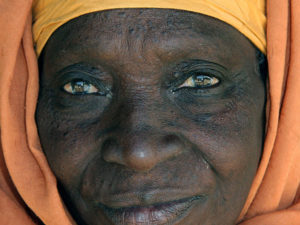The Global Health Security Agenda (GHSA)
Hand-washing stations in clinics in Peru and Malawi
What tangible results will the Global Health Security Agenda achieve in 2016? I asked myself this question when I read the recent news release from the White House renewing its commitment along with other 40 countries to the GHS Agenda. Last July the US government committed over 1 billion dollars to prevent, detect and respond to the spread of infectious diseases. I am optimistic because I know a lot can be accomplished with that money and also by the 40+ countries working together.
The GHSA is a good idea but like most good ideas, it cannot be implemented until there is an effective action plan and everyone does their share and accounts for their progress. So far the GHSA has nine objectives that use words such as improve access to countermeasures, reduce incidence of epidemics, strengthen global reporting and promote biosafety. I do not know about you, but these words do not help me as a global health professional to understand the way forward or get clear on the tangible results the US and its partners will achieve.
So I asked myself: How can these countries make the GHSA actionable so that every healthcare worker everywhere can do their share and help prevent and respond to the spread of infectious disease every year? I would like to be able to see the number of infectious diseases go down globally. That got me thinking of my visit to clinics in Peru and Malawi and looking at the photos from those trips, I got some ideas to share with you about the GHSA. Let me know what you think and if you want to skype to discuss further sometime.
Here is my advice to move the GHSA agenda forward in 2016:
- A list of global security risks must be listed and monitored daily by all participating countries, developing weekly epidemiological reports posted on the GHSA website every Friday;
- Every country must commit to develop an effective health surveillance system, recruit local staff with the right epidemiological training, who are in touch with their peers in the other GHSA countries through monthly webinars and other web-based communication tools; and these countries must also commit to have the system functioning in at least 10 of its public facilities as sentinel sites and all its private facilities by December 2016. Every country will also have a plan to expand the health surveillance system to at least 10% of its facilities every year to create a national network;
- Every country must ensure that at least 10% of its public health facilities and 100% of its private facilities have working handwashing stations, much like the ones in Peru;
- International policies on the correct use of antibiotics, surveillance of antibiotic resistance (WHO has been raising awareness lately), disease surveillance and epidemic control must be developed and posted on the GHSA website; and
- Every country must use the international policies and standards to adapt to their unique epidemiological situation and develop its own policies and standards for the correct use of antibiotics, surveillance of antibiotic resistance, disease surveillance and epidemic control on their MOH websites and ensure that copies are sent to all facilities to be implemented immediately in 2016.
I hope we all have a safe new year and that these 5 objectives are achieved in 2016.
To learn more about RGH’s effective health surveillance approach and tools as well as the web-based monitoring system, please contact RGH at info@realizingglobalhealth.com to set up a call with one of our experts.




